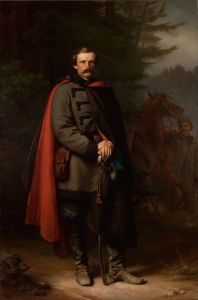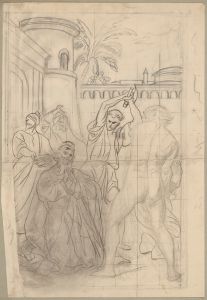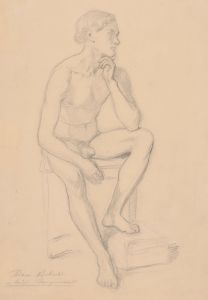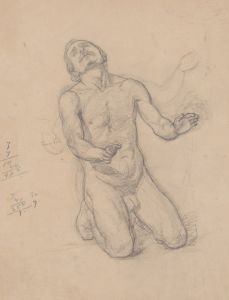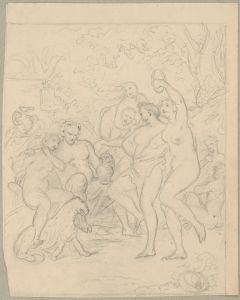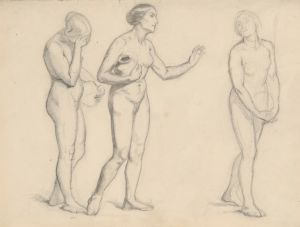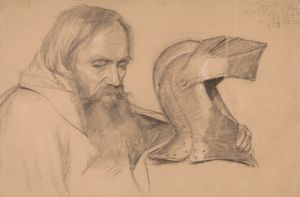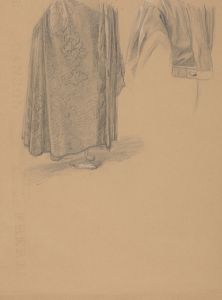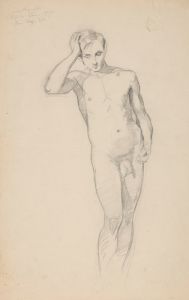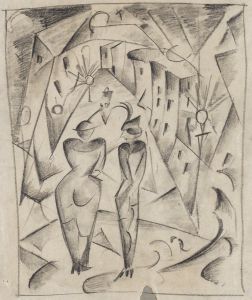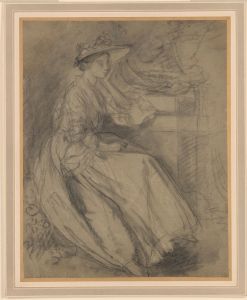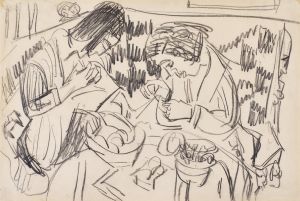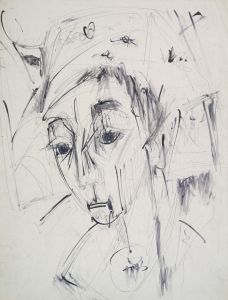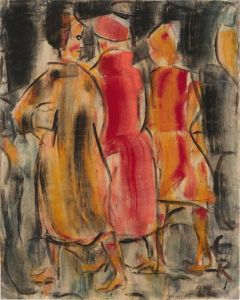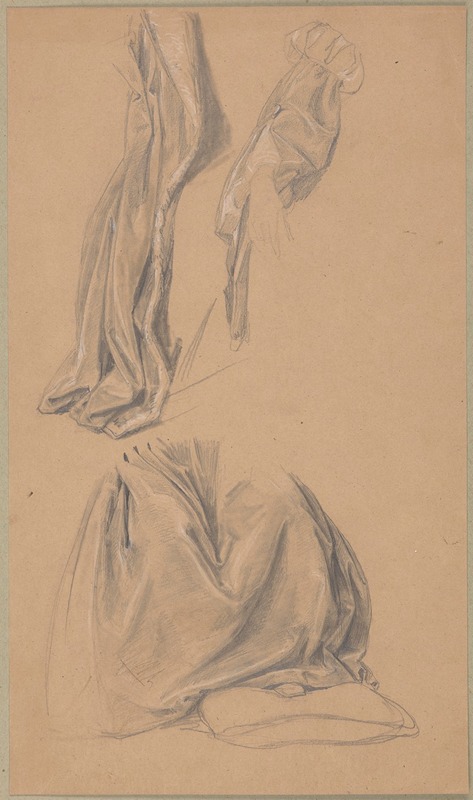
Studia fragmentów płaszcza i sukni Katarzyny Jagiellonki do obrazu ‘Katarzyna Jagiellonka w więzieniu w Gripsholmie’
A hand-painted replica of Józef Simmler’s masterpiece Studia fragmentów płaszcza i sukni Katarzyny Jagiellonki do obrazu ‘Katarzyna Jagiellonka w więzieniu w Gripsholmie’, meticulously crafted by professional artists to capture the true essence of the original. Each piece is created with museum-quality canvas and rare mineral pigments, carefully painted by experienced artists with delicate brushstrokes and rich, layered colors to perfectly recreate the texture of the original artwork. Unlike machine-printed reproductions, this hand-painted version brings the painting to life, infused with the artist’s emotions and skill in every stroke. Whether for personal collection or home decoration, it instantly elevates the artistic atmosphere of any space.
"Studia fragmentów płaszcza i sukni Katarzyny Jagiellonki do obrazu ‘Katarzyna Jagiellonka w więzieniu w Gripsholmie’" is a preparatory study by the Polish painter Józef Simmler. This study was created as part of Simmler's work on his larger and more famous painting, "Katarzyna Jagiellonka w więzieniu w Gripsholmie" (Catherine Jagiellon in Prison at Gripsholm). Józef Simmler (1823-1868) was a prominent Polish artist known for his historical and genre paintings, and he is particularly recognized for his detailed and realistic style.
The subject of both the study and the final painting, Catherine Jagiellon, was a significant historical figure. Born in 1526, she was a Polish princess of the Jagiellonian dynasty and later became the Queen of Sweden and Grand Duchess of Finland through her marriage to John III of Sweden. Catherine's life was marked by political intrigue and personal hardship, including her imprisonment at Gripsholm Castle.
Gripsholm Castle, located in Sweden, served as a royal residence and a prison at various times in history. Catherine Jagiellon was imprisoned there along with her husband, John III, by his half-brother, King Eric XIV of Sweden, during a period of intense political conflict. The couple was held captive from 1563 to 1567, a time that deeply affected Catherine and became a poignant chapter in her life.
Simmler's study focuses on the intricate details of Catherine's cloak and dress, showcasing his meticulous attention to fabric and texture. This preparatory work was essential for Simmler to accurately depict the historical clothing and convey the somber mood of the larger painting. The final painting, "Katarzyna Jagiellonka w więzieniu w Gripsholmie," captures Catherine in a moment of reflection and sorrow, emphasizing her dignity and resilience despite her imprisonment.
Józef Simmler's dedication to historical accuracy and emotional depth is evident in both the study and the completed painting. His works are celebrated for their ability to bring historical events and figures to life, allowing viewers to connect with the past on a personal level. Simmler's portrayal of Catherine Jagiellon is a testament to his skill as an artist and his commitment to preserving Polish history through art.
The study of Catherine's cloak and dress is a valuable piece of art in its own right, offering insight into Simmler's creative process and the historical context of his work. It reflects the artist's thorough research and his ability to translate historical narratives into compelling visual stories. Today, both the study and the final painting are appreciated for their artistic merit and their contribution to the cultural heritage of Poland.





